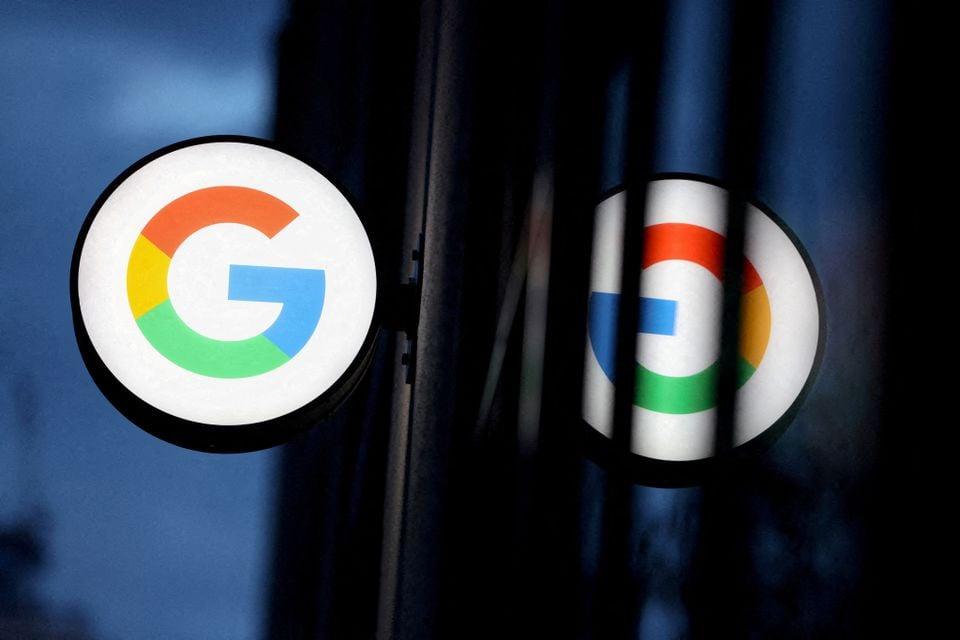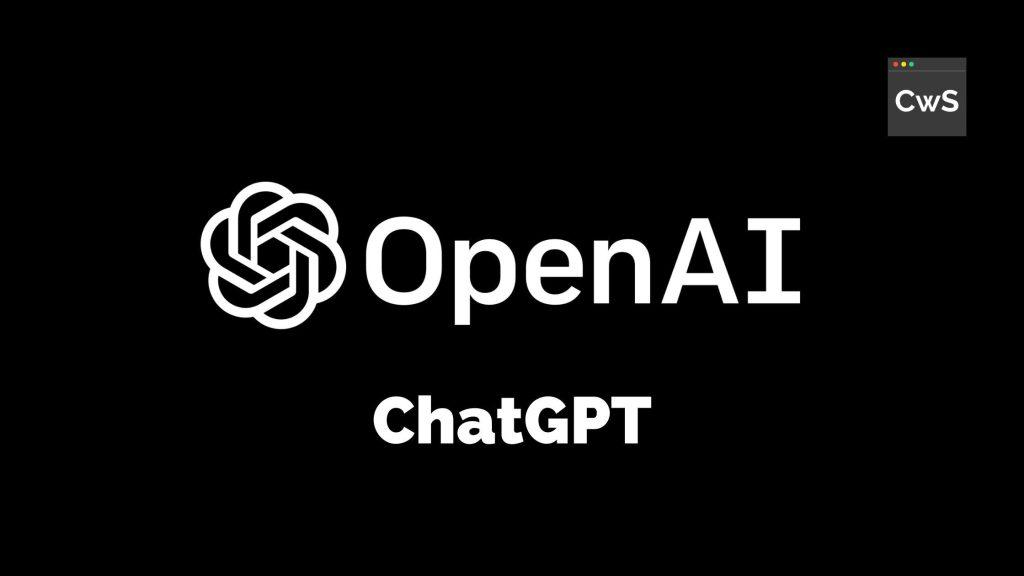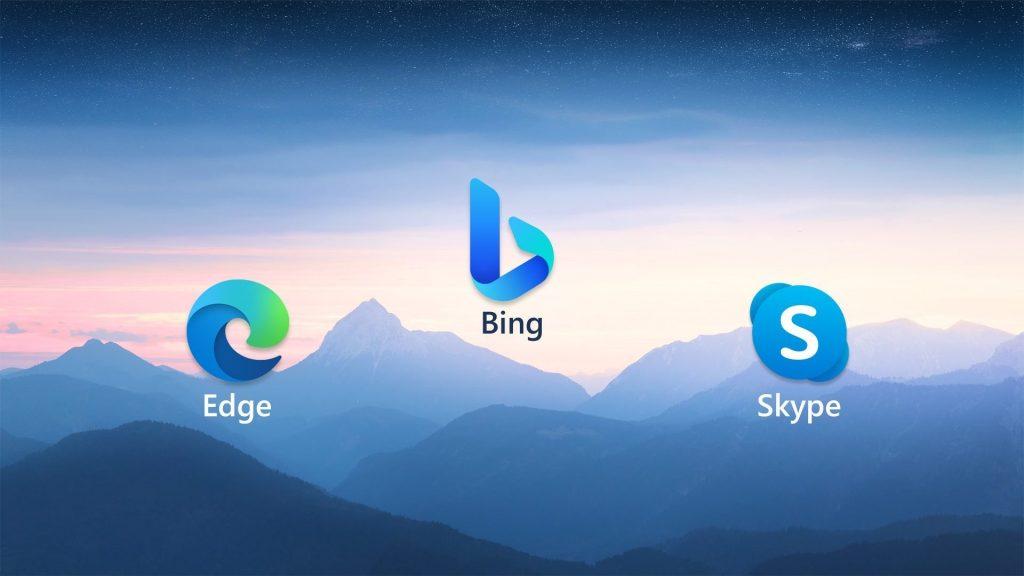TikTok is developing a separate version of its recommendation algorithm for its 170 million U.S. users, aiming for an independent operation from its Chinese parent company and potentially easing concerns of American lawmakers who want to ban the app, according to sources familiar with the efforts.
The initiative to split the source code, ordered by ByteDance, TikTok’s Chinese parent, late last year, began before a bill to force a sale of TikTok’s U.S. operations started gaining momentum in Congress this year. This bill was signed into law in April.
The sources, who requested anonymity because they are not authorized to discuss the short-form video app publicly, stated that the code separation could facilitate a future divestiture of the U.S. assets, though no current plans exist for such a move. The company has previously asserted that selling the U.S. assets is neither planned nor feasible.
TikTok initially declined to comment. However, after the story was published, TikTok posted on X, stating, “The Reuters story published today is misleading and factually inaccurate,” without detailing the inaccuracies.
TikTok also shared a statement from its federal lawsuit: “The ‘qualified divestiture’ demanded by the Act to allow TikTok to continue operating in the United States is simply not possible: not commercially, not technologically, not legally. And certainly not on the 270-day timeline required by the Act.”
Over the past few months, hundreds of engineers from ByteDance and TikTok in both the U.S. and China have been tasked with separating millions of lines of code. Their objective is to create a distinct code base independent of ByteDance’s Chinese version of TikTok, Douyin, while removing any data linked to Chinese users, according to two sources familiar with the project.














